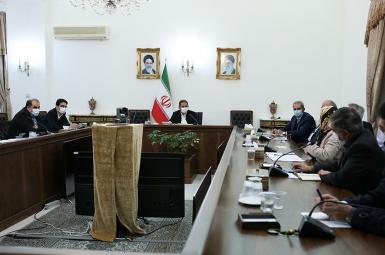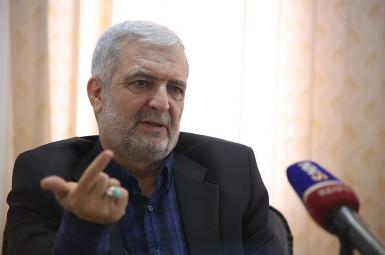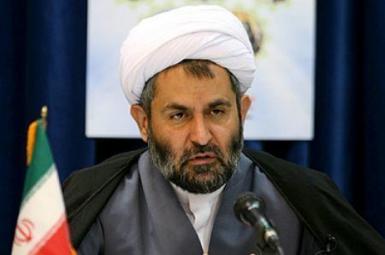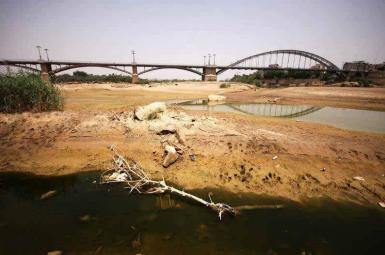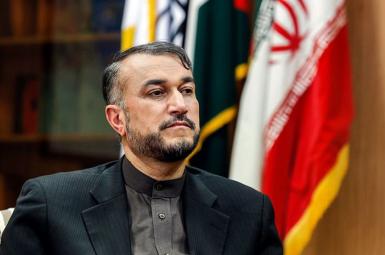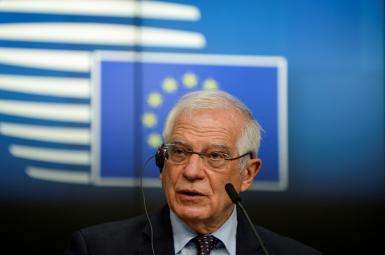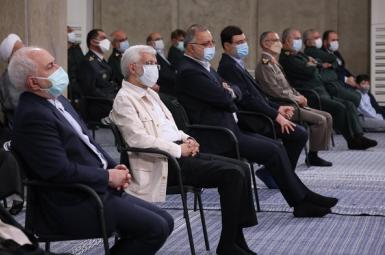
Iran Spent Billions In Syria And Iraq, Others Reaped Economic Benefits
Deputy chairman of the Iran-Syria chamber of commerce in Tehran has said that Iran has lost out in economic competition to Russia and other countries in Syria.
Ali-Asghar Zebardast told Iranian Labour News Agency (ILNA) on Saturday that “The same thing which happened in Iraq will also happen in Syria. Russia will win the economic benefit in Syria.” He pointed out that Turkey has the upper hand in trade with Iraq.
What Zebardast was referring to is the significant military and financial investment Tehran has made to defeat opposition against its allies in Syria and Iraq and build influence, while it has failed to get a return in share of trade and rebuilding projects.
Zebardasht also implicitly hinted that Iranian government “entities and organs that are present in Syria have also a lot of influence in the country’s economy” and they are engaging in business activities instead of helping Iran’s private sector to expand trade. This could be a reference to the Islamic Revolutionary Guard Corps (IRGC) that has thousands of fighters in Syria and controls swaths of territory in the country.
No one knows how much Iran has spent in Iraq to finance and organize Shiite militias who fought against the Islamic State group between 2014-2018, but Iranian officials have said that up to $30 billion was spent in Syria to support Bashar al-Assad’s government militarily and financially against its Sunni opposition.
Iran’s involvement in both countries has also had other immeasurable costs. What is dubbed by many as Tehran’s “malign activities” in the region is partly its military and intelligence network of proxy forces in Iraq and Syria. This played a major role in Donald Trump’s withdrawal from the 2015 nuclear deal (JCPOA) and imposition of crippling sanction in 2018, as well as the deterioration of Iran’s relations with Persian Gulf Arab states.
It also hurt the Islamic Republic government domestically, as ordinary people ascribed the increasing economic hardship they faced in the last ten years to national wealth being spent in the region. When the Islamic Republic was shaken by mass protests in recent years, one could frequently hear slogans from protesters against aid to Hezbollah, Hamas and Bashar al-Assad.
Zebardast in his interview said that trade with Syria was dismal and in order to boost Iran’s image as a trading partner, an exhibition has been organized to take place in Damascus in November.
He explained that Syrian businessmen are two groups: Those who do not support Bashar al-Assad and trade mainly with Jordan and other Arab countries, and those who support his regime and are more likely to do business with Iran. But Russia is getting the lion’s share of rebuilding projects.
Zebardast also discussed transportation difficulties between Syria and Iran. The shortest direct route is through Iraq, but the Iraqi government “has not yet prepared the land route to Syria,” he said, without explaining the reason.
This could have had political and military reasons. An easy route from Iraq to Syria might facilitate Iran-backed militias to send weapons and personnel across the border, a fact that some in the Iraqi government might have wanted to prevent. It could also have been the result of political and military instability in Iraq for years, including the fact that the Islamic State group controlled most of the areas in Western Iraq and can still make it unsafe today.
US sanctions since 2018 might have also played a role in slowing trade with Iraq, as businesses cannot easily transfer money to Iran given the careful way Iraqi banks behave trying not to violate US banking sanctions.

